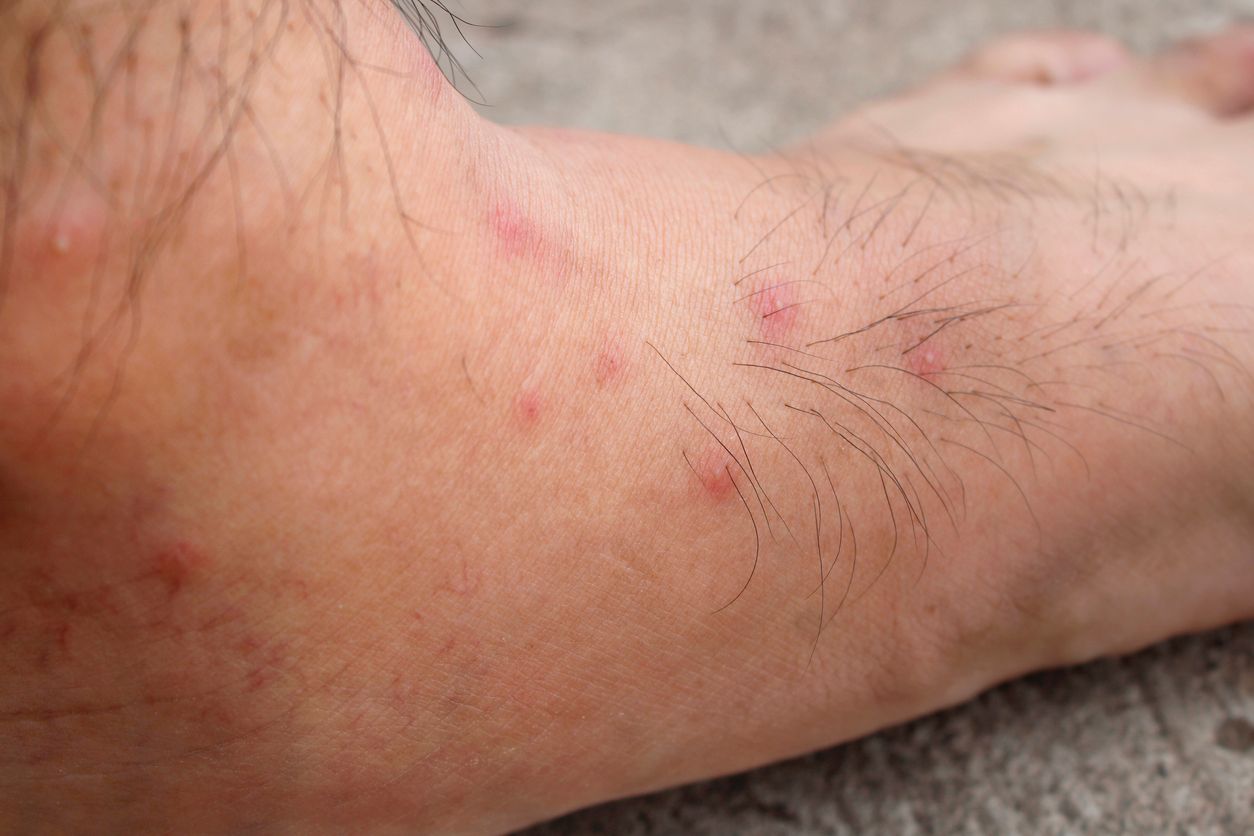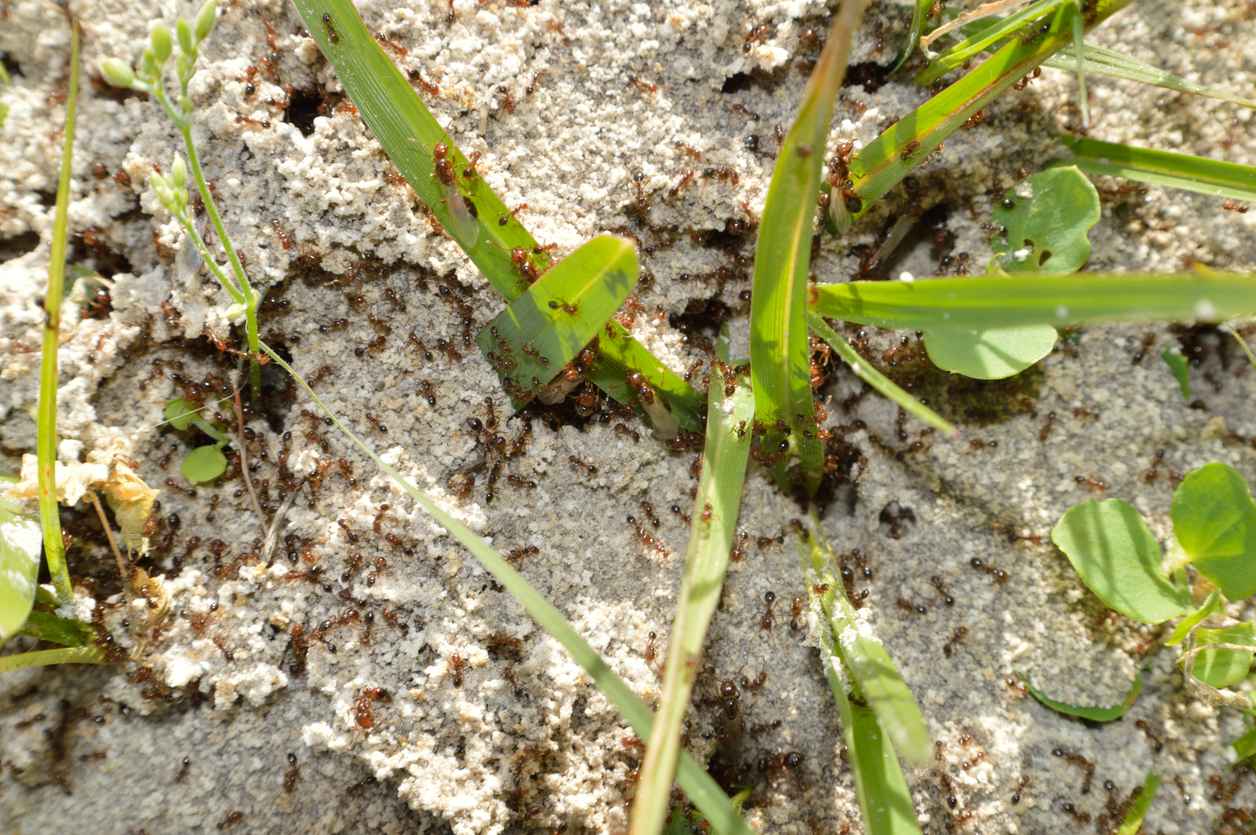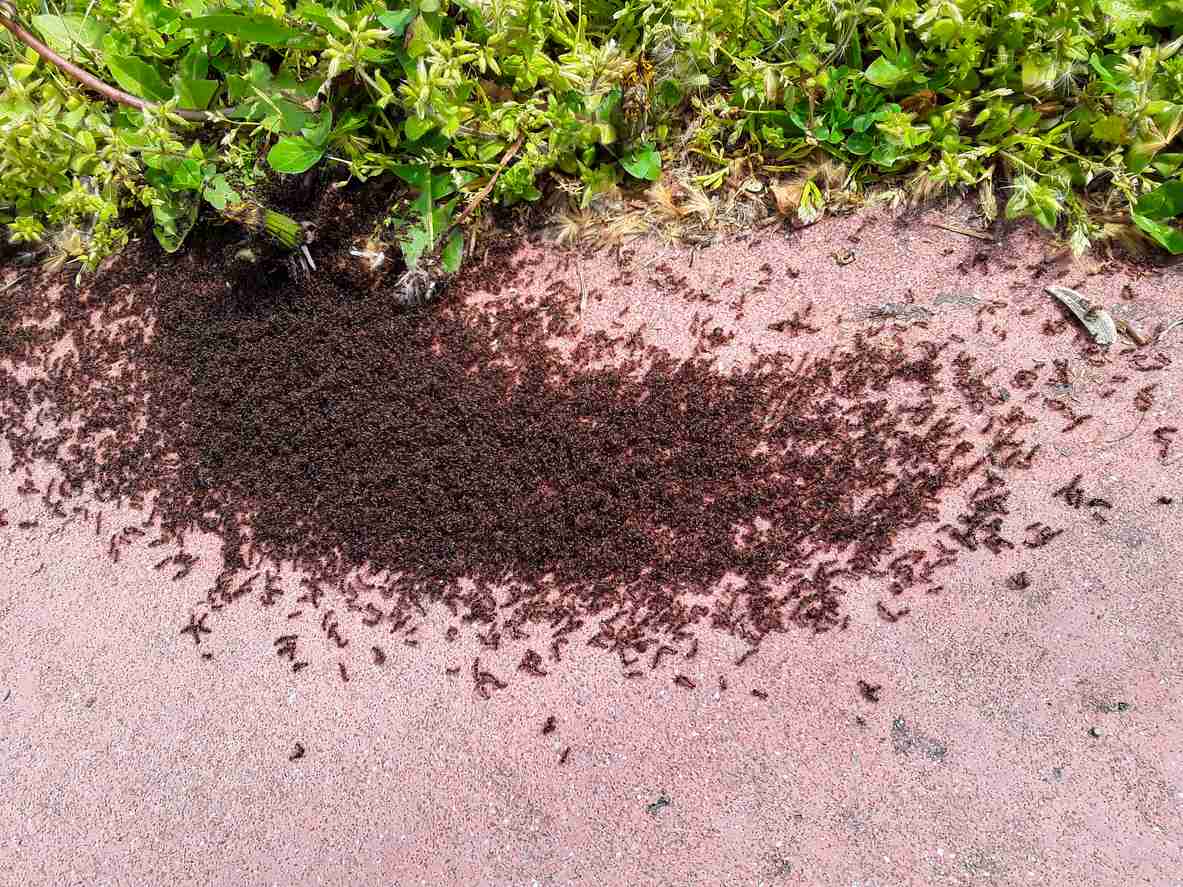
A Look Into the Most Deadly Ant Species
A Look Into the Most Deadly Ant Species
Ants may seem like minor backyard nuisances, but some species pack a serious punch—posing threats to your health, your pets, and even your home. In this post, we’ll explore the most dangerous ant species around the world and right here in Florida, offering ant identification tips, symptoms to watch for, and how to protect against ants that bite, sting, or cause property damage.
What Makes an Ant Deadly? Key Traits to Watch
When we talk about deadly ants, we don’t just mean the rare ant that could kill with a single sting. “Deadly” can also mean dangerously venomous ants, aggressive ant species that swarm quickly, or those with large ant colonies that overtake yards and structures.
Venom Potency, Aggression, and Colony Size Explained
Some ants inject venom that causes extreme pain, anaphylactic shock, or even death in allergic individuals. Others, like fire ants, may sting in coordinated attacks, overwhelming pets or small children. Still more species destroy landscapes, burrow into walls, or infest electrical systems, creating real hazards at home.
Profiles of the Deadliest Ants in Florida
While the world is full of wild ant species like the bullet ant (South America) and African driver ant, the real concern is what’s in your backyard. Here are the worst ants in Florida you need to watch for:
- Fire Ants: The most infamous of stinging ants in Florida, fire ants deliver painful venomous stings that may trigger anaphylactic shock. These aggressive ant species build mounds in lawns, attack pets, and pose a serious risk to kids playing outside.
- Elongate Twig Ants: These small but venomous ants are tree dwellers, often dropping onto unsuspecting people or animals from overhead branches. Their sting is sharp, and they can be hard to spot without trained eyes.
- Red Velvet Ant (Cow Killer): Technically a wasp, not a true ant—but commonly mistaken for one—this bright red insect is known for its extremely painful sting. Despite its name, it rarely kills, but it earns respect from anyone who’s encountered it.
- Carpenter Ants: While their bite is not medically dangerous, carpenter ants are still considered one of the ant species to avoid. Their nesting habits can damage wooden structures, fencing, and even trees in your yard.
Other fascinating yet dangerous ants include the bullet ant, whose sting is ranked among the most painful in the world, and the leafcutter ant, which can strip vegetation quickly. While you’re unlikely to find these species in Florida, they highlight the destructive potential of ants globally.
How to Protect Yourself From Dangerous Ants
Knowing how to identify dangerous ants is the first step toward safety. Here are some quick ant safety tips for homeowners:
- Look for signs of aggressive ants like multiple stings, visible mounds, or swarms in disturbed soil.
- Avoid walking barefoot in areas with visible nests or ant trails.
- Teach children not to play near ant hills or poke them with sticks.
- For known allergy sufferers, always carry antihistamines or an EpiPen outdoors.
But the best protection? Professional pest control. Routine inspections help identify colonies early, provide expert ant species identification, and apply targeted treatments to remove aggressive ant species—without harming beneficial ones. Especially in Florida, where fire ants and venomous ants thrive in grass, mulch beds, and around foundations, proactive service can prevent injury and protect your home and family. To best protect your home and landscape from ants today, remember to Just Call Hulett!




